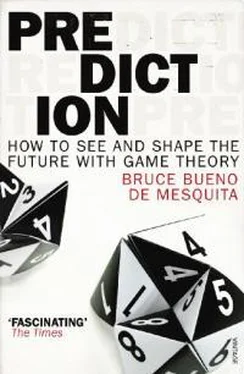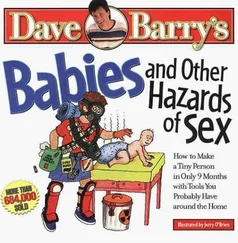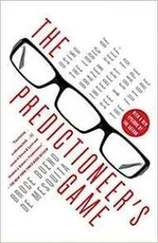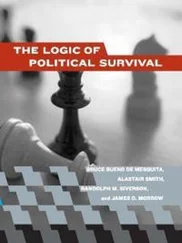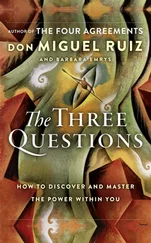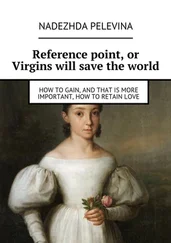Climate change due to global warming will add to our supply of rain, wind, and fire, and if it raises the oceans, kicks up fierce storms, and bathes us in massive quantities of BTUs, then it also adds to our urge to exploit these ancient forces just as their increased power makes us worry more. As climate change would generate more of these sources of energy, it would also create a beautiful synergy which would in turn prevent global disaster. How could this be ?
There is an equilibrium at which enough global warming—a very modest amount more than we may already have, probably enough to be here in fifty to a hundred years (as suggested by the game’s analysis)—will create enough additional sunshine in cold places, enough additional rain in dry places, enough additional wind in still places, and, most important, enough additional incentives for humankind that windmills, solar panels, hydroelectricity, and as yet undiscovered technologies will be the good, cheap, evenly distributed, and clean mechanisms to replace the fossil fuels we use today. Global warming, in other words, induces a self-solving dominant strategy in which everyone elects some mix of wind, rain, and fire technologies (and maybe even some fossil fuels in moderation) precisely because the abundance of these forces, and the attention drawn to them, will make them affordable solutions to arrest further warming—long before we all roast, drown, or are blown beyond the moon, beyond the stars, and all the way to Oz.
I am optimistic for the long future. We have already warmed enough for there to be all kinds of interesting research going on into using wind and rain and solar fire. Already there are serious discussions of solar panels and cosmic ray catchers in space and more and more windmill farms will sprout up on earth. Today such pursuits take more sacrifice than most people seem willing to make. Tomorrow that might not be true, and at that point, I doubt it’ll be too late.
And, looking out five hundred years, we’ll probably have figured out how to beam ourselves to distant planets where we can start all over, warming our solar system, our galaxy, and beyond with abandon.
Remember, we’re looking out for numero uno.
Epilogue

Here we are, just about one year since Prediction first went to press. A lot has been going on in the world since then, giving us a terrific opportunity to look back and see how the forecasting model did. Of course, it will be much more convincing if you go back over the book’s predictions, as well as forecasts I have made online in speeches, podcasts and so forth, and judge for yourself. There is always the danger that I will unwittingly focus on the best of my predictions and give less credence to those that were wrong, but I will certainly try not to do that. Besides, you can take the model out for a test drive yourself. Just go to www.predictioneersgame.com and click on the game page. You will have the opportunity to use the apprentice version of the model with your own data sets. There’s also a training manual on the game page to help you understand how to build inputs for the model. You won’t get the full output, just the parts intended for prediction rather than engineering, but you should have considerable fun playing with it and you’ll be able to keep track of your own accuracy as a predictioneer. And if you are a professor teaching a course that can use the model, then you can register for a fuller version online.
Besides being able to play the game yourself, you are going to have the opportunity to understand more about how it works. You’ll get to look under the hood as well as kick the proverbial tires (sorry for all the car talk, but then, I did offer advice on how to buy a car). Some readers are gluttons for punishment. They don’t want to pick up my (admittedly boring) academic publications to find out the nuts and bolts behind my models. They want it here and they want it now. Okay, I’ll provide some of those details as an appendix to this epilogue so that those who really don’t want to look at equations needn’t be bothered and those who do want to look at some math will – hopefully – be satisfied.
Now, back to the predictions and claims of the book. Let’s start with the approach I suggested for buying a car. That’s not strictly derived from the forecasting model, but it is based on the strategic thinking at the heart of game theory. Some readers have tried my method out and reported on their results, and so far all are positive. Paul Daugherty, who happens to be a journalist, was an admitted skeptic. He tried the method and wrote up the results in The Irish Times on October 28, 2009. I’ll let him do the talking:
So, we put it to the test: our goal was to see what sort of discount we could get if we tested the market for a Ford Mondeo 1.8 petrol saloon with around 50,000 miles on the clock, preferably in metallic silver for less than €9,000. I pitted my wits against the car dealers of Ireland, trying to buy a car the Bruce Bueno de Mesquita way. Picking out five cars on the internet that fitted the criteria, I started in Dublin, rang the first dealership on my list and gave the salesperson the following spiel:
“Hello, my name is Paul O’Doherty, I need to buy a car urgently. At noon tomorrow I will walk into a dealership with cash to buy a 2005 Ford Mondeo 1.8 petrol saloon with around 50,000 miles on the clock from the dealer who offers me the best price. You are the first person I’ve rung and I have four others on my list. What’s your best price?”
Lastly I rang a Kildare dealer with an opening price of €6,900. Delivering what I had to say, the best price returned was €6,750 with the final warning that this price wouldn’t be beaten. And, in fairness, it wasn’t.
Summing up, the Bruce Bueno de Mesquita way certainly cut through a lot of the haggling and allowed me to sidestep the obvious “Well, how much are you offering?” or “You’ll have to call in and see us.” It also got me to the nitty-gritty of price much faster, and all from the comfort of my own home, saving in one case €2,450 off the opening price. Not bad for less than 10 minutes’ work on the phone.
Mr Daugherty is not the only one to report success. During an interview on Michael Krasny’s National Public Radio show Forum , a caller who said he had used the car buying method claimed to have saved $2,000. Krasny also acknowledged having used the method (though he said he had done so before reading the book) and said he believed he had saved $1,000. If you’re thinking of buying a car, please try my method and send me a comment to post on the book’s website.
Car buying is one thing, accurately predicting big national security issues is another. In Chapter 10 you saw me daring to be embarrassed, making predictions that were about the future at the time when I was originally writing that chapter. Now we can look back over the last few months of 2009 and the first quarter of 2010 to see how I did. Let’s start with developments in Pakistan.
I raised three pretty big questions about how Pakistan’s policy was likely to unfold. They were:
How willing would the Pakistani government be to pursue militant groups operating in and around Pakistan, including al-Qaeda, the Pakistani Taliban, and the Afghan Taliban?
Will the Pakistani government allow U.S. military forces to use Pakistani territory to launch efforts to track down militants?
What level of U.S. foreign aid to Pakistan was likely to change the Pakistani leadership’s approach to pursuing militants?
Within the context of these big-picture issues, the game was used to make several more detailed predictions. Here’s a list (with page references) of those predictions, accompanied by brief accounts of what has happened:
Читать дальше
